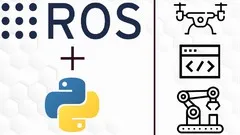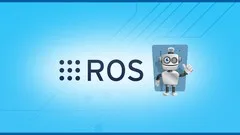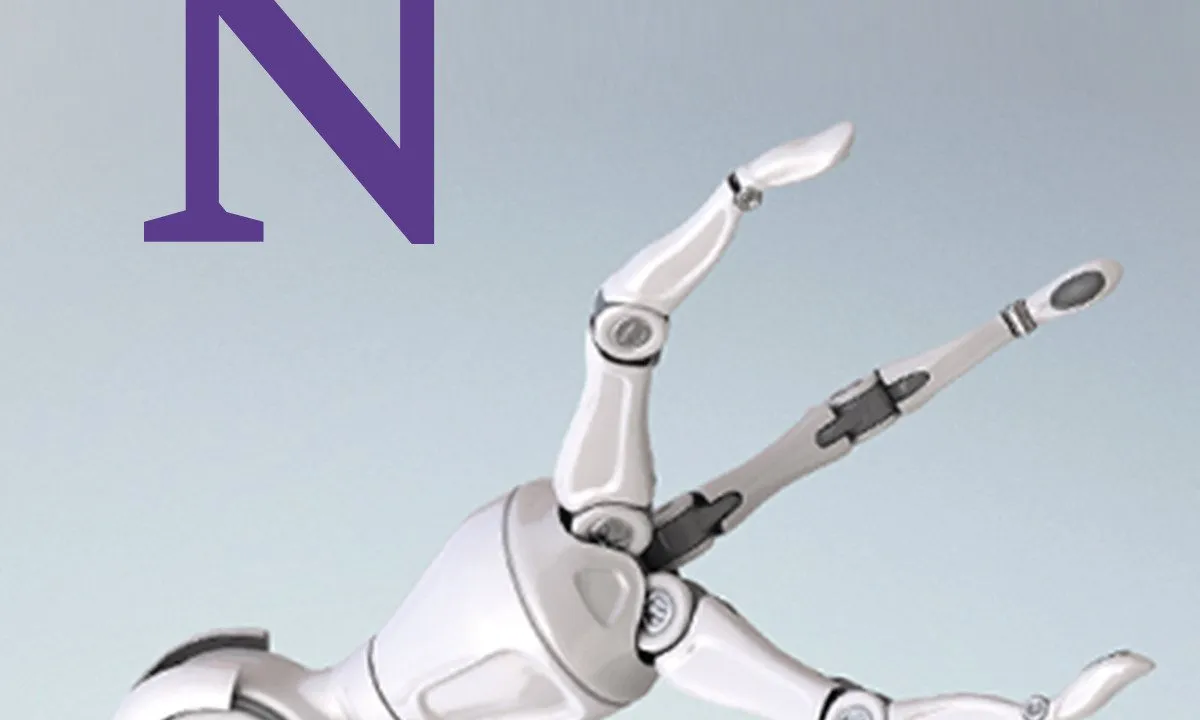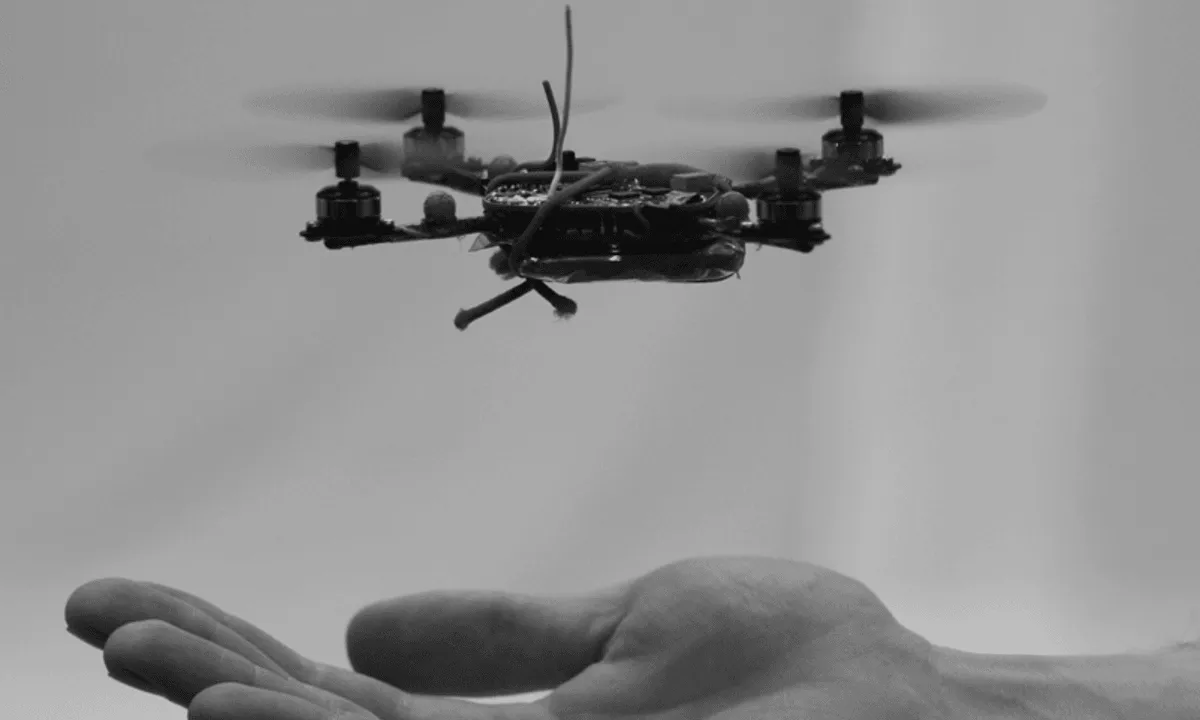
Intro Robotics Developer Course - Using ROS in Python 
Learn how to program real-world robotics using the widely-used Robot Operating System (ROS) platform in Python. This beginner-friendly course covers installation, code development, simulation, and more, allowing you to control your own robot and easily transition to real robotic systems. Get a comprehesive understanding of this course which is a cost course. AZ Class provides this course data for free. Learn more certificate and details here. ▼
ADVERTISEMENT
Course Feature
![]() Cost:
Cost:
Paid
![]() Provider:
Provider:
Udemy
![]() Certificate:
Certificate:
Paid Certification
![]() Language:
Language:
English
![]() Start Date:
Start Date:
2022-12-05
Course Overview
❗The content presented here is sourced directly from Udemy platform. For comprehensive course details, including enrollment information, simply click on the 'Go to class' link on our website.
Updated in [October 18th, 2023]
What does this course tell? (Please note that the following overview content is from the original platform) Learn how to use the Robot Operating System (ROS) platform which is used to program real world robotics. The course is designed for beginners with little, to no experience using ROS. The coding in this course is done in Python 3 using ROS Noetic. We will go over installation of ROS, how to develop code that uses the framework, and even go over simulation tools so you can make your own robot and control it in simulation, with code that can easily be ported to a real robotic system. The course is broken into 6 main sections:Course IntroductionEnvironment SetupROS OverviewUsing ROS in PythonRobotics SimulationCourse OutroSection 1 is a general introduction to the course.In section 2 you will learn how to setup your computer to be able to run ROS. This includes utilizing the Ubuntu operating system, installing ROS, and introducing you to the code editors we will be using in this course. In section 3 I will teach you at a high level what "tools" are included in the ROS framework, and what each of them do.You will spend the majority of this course in section 4, learning how to implement all the various ROS tools in your very own Pythoncode. Section 5 will touch on using the simulation and sensor data visualization tools ROS has to offer.And lastly the course outro will go over what you can do once you have completed the course, as well as some frequently asked questions and a survey to help me improve the course. So what are you waiting for? Let's get to programming, using the most widely used open source robotics platform, ROS. We considered the value of this course from many aspects, and finally summarized it for you from two aspects: skills and knowledge, and the people who benefit from it: (Please note that our content is optimized through artificial intelligence tools and carefully reviewed by our editorial staff.) What skills and knowledge will you acquire during this course? During this course, the learner will acquire the following skills and knowledge: 1. Setting up the environment: The learner will learn how to set up their computer to run ROS, including installing the Ubuntu operating system and ROS itself. They will also be introduced to the code editors used in the course. 2. Understanding ROS: The learner will gain a high-level understanding of the various tools included in the ROS framework and their functionalities. 3. Programming with ROS in Python: The majority of the course will be dedicated to teaching the learner how to implement the different ROS tools in their own Python code. They will learn how to develop code that utilizes the ROS framework effectively. 4. Robotics Simulation: The course will cover the use of simulation and sensor data visualization tools provided by ROS. The learner will learn how to simulate their own robot and control it using code that can be easily transferred to a real robotic system. 5. Course Outro: The final section of the course will provide information on what the learner can do after completing the course. It will also include frequently asked questions and a survey to help improve the course. By the end of the course, the learner will have acquired the necessary skills and knowledge to use the Robot Operating System (ROS) platform effectively for programming real-world robotics using Python. Who will benefit from this course? This course will benefit individuals who are interested in or pursuing a career in robotics development. It is specifically designed for beginners with little to no experience using ROS. 1. Aspiring Robotics Developers: This course provides a comprehensive introduction to ROS and teaches how to develop code using the framework. It is ideal for individuals who want to start a career in robotics development and need to learn the fundamentals of ROS. 2. Python Developers: The course focuses on coding in Python 3 using ROS Noetic. Python developers who want to expand their skills and apply them to robotics development will find this course valuable. 3. Robotics Enthusiasts: If you have a passion for robotics and want to learn how to program real-world robots, this course will provide you with the necessary knowledge and skills. It covers installation, code development, and simulation tools, allowing you to create and control your own robot in a simulated environment. 4. Students and Researchers: Students studying robotics or related fields, as well as researchers working on robotics projects, can benefit from this course. It offers a practical understanding of ROS and its applications, enabling them to apply this knowledge in their academic or research work. 5. Engineers and Technologists: Professionals working in the field of robotics or automation can enhance their skills and knowledge by learning ROS through this course. It provides a solid foundation in ROS programming, which can be applied to real robotic systems. Overall, anyone with an interest in robotics and a desire to learn ROS programming will benefit from this course, regardless of their specific profession or background.
Course Syllabus
Course Introduction
Environment Setup
ROS Overview
Using ROS In Python
Intro to Robotics Simulation
Course Outro
Bonus Section
Course Provider

Provider Udemy's Stats at AZClass
Discussion and Reviews
0.0 (Based on 0 reviews)
Explore Similar Online Courses

Robotics and ROS - Learn by Doing! Manipulators

Gut Health Formula

Python for Informatics: Exploring Information

Social Network Analysis

Introduction to Systematic Review and Meta-Analysis

The Analytics Edge

DCO042 - Python For Informatics

Causal Diagrams: Draw Your Assumptions Before Your Conclusions

Whole genome sequencing of bacterial genomes - tools and applications

ROS For Beginners (ROS Noetic Melodic Kinetic)

Modern Robotics Course 5: Robot Manipulation and Wheeled Mobile Robots


Start your review of Intro Robotics Developer Course - Using ROS in Python